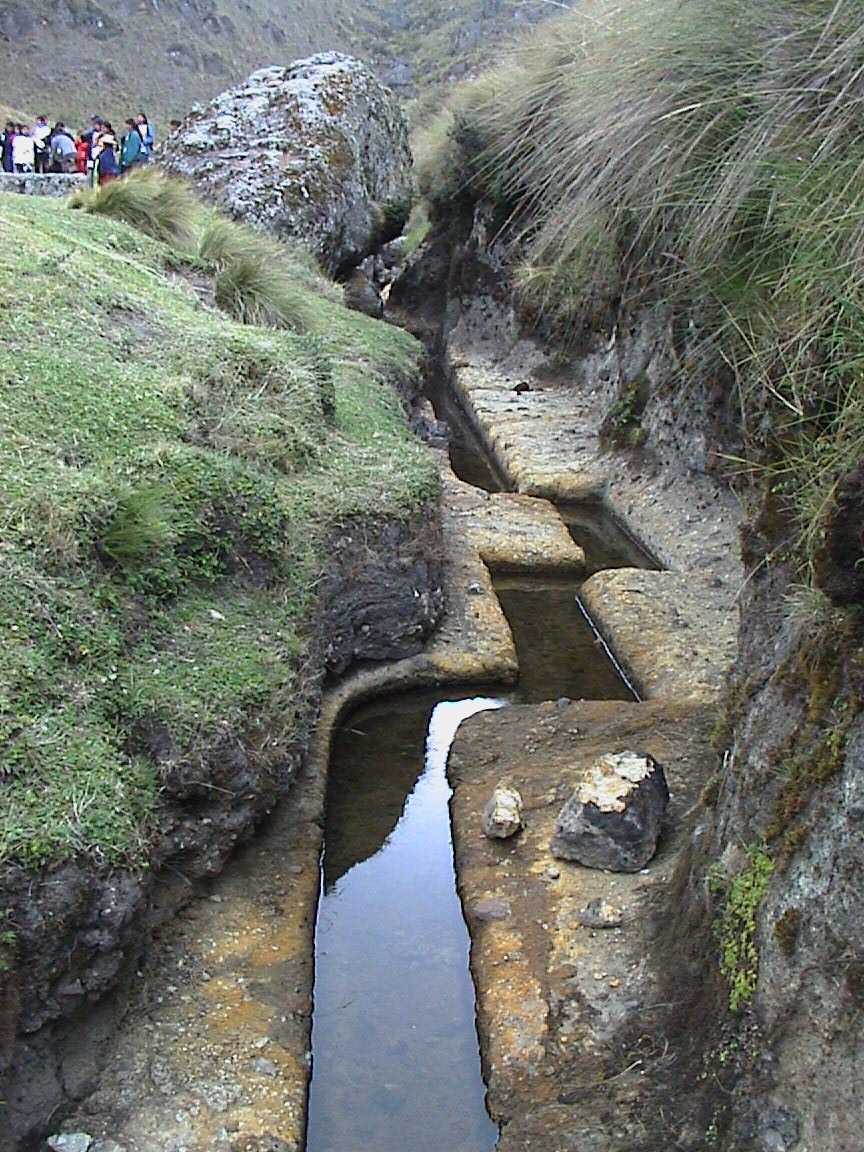Nestled in the highlands of Peru, 20 kilometers from Cajamarca, lies one of the most fascinating feats of pre-Columbian engineering: the Cumbemayo Aqueduct. Stretching across 9 kilometers, this ancient hydraulic system, carved directly into volcanic rock, was built over 2,000 years ago by a civilization with an extraordinary understanding of water management.

In the native Quechua language, “yaku” means water, an apt description for a site where the flow of life-sustaining liquid was carefully controlled and guided. The aqueduct’s zigzagging design, featuring right angles and stone-carved channels, wasn’t just aesthetically striking—it served a practical purpose. These sharp turns slowed the water’s velocity, preventing erosion and preserving the land for centuries.

Ranging in width from 35 to 50 centimeters and in depth from 30 to 65 centimeters, the Cumbemayo aqueduct is more than just a marvel of engineering; it’s an enduring symbol of human ingenuity. Its purpose went far beyond irrigation. For the ancient Andean people, water was sacred, and Cumbemayo’s aqueduct was likely part of a broader religious and cultural landscape, with nearby petroglyphs hinting at ceremonial use.

The aqueduct remains a testament to the brilliance of its creators—offering a glimpse into a society that understood not just how to survive, but how to thrive in harmony with nature.

